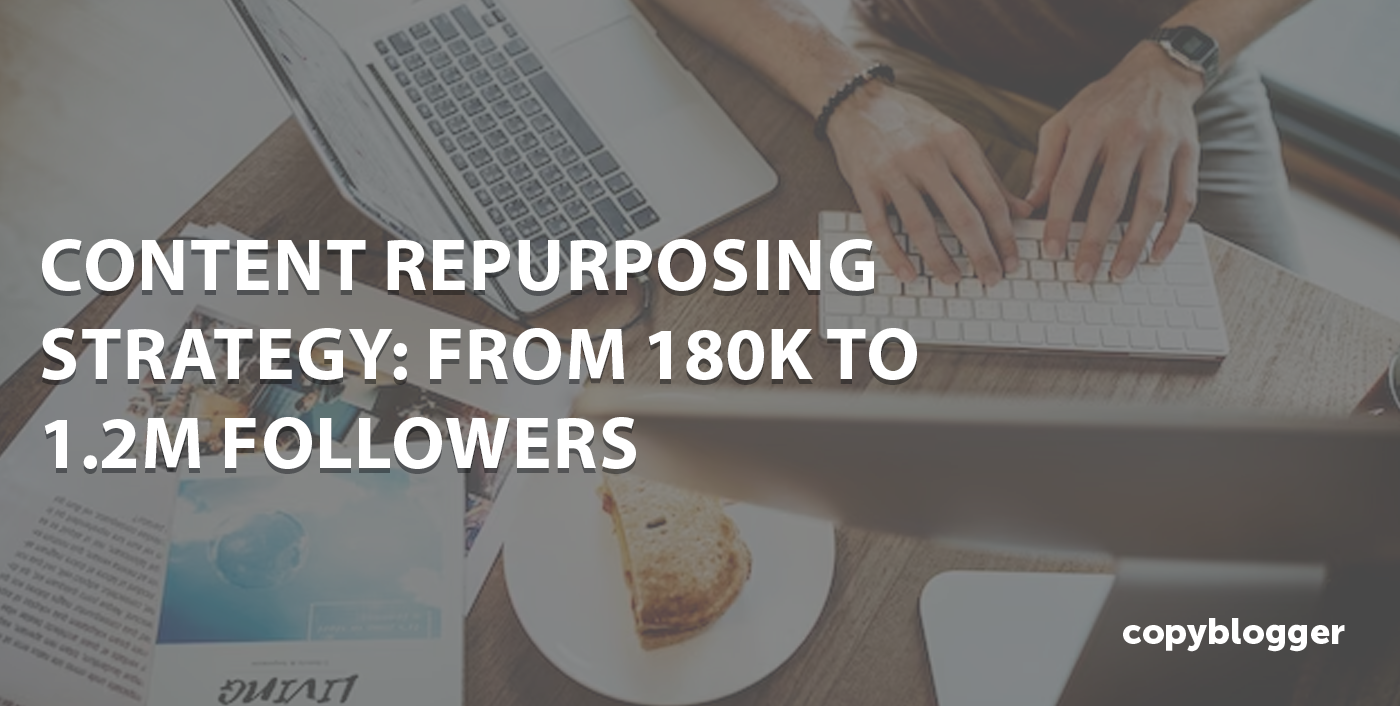Content Repurposing Strategy: How Alex Hormozi Grew from 180k to 1.2M Followers
Core Concepts
Alex Hormozi's content repurposing strategy led to exponential growth by increasing content output without spending more time creating it.
Abstract
Alex Hormozi achieved remarkable growth by repurposing content, increasing his output from seven to 80 pieces per week while only spending two days a month creating it. This strategy allowed him to scale high-quality content and reach new audiences cost-effectively. By following a structured workflow, he successfully repurposed his content across various platforms, leading to significant growth in followers and engagement.
Content Repurposing Strategy: 180k to 1.2M Followers
Stats
YouTube Subscribers: Increased from 70,000 to 300,000
Twitter followers: Increased from 10,000 to 100,000
Instagram followers: Increased from 70,000 to 330,000
SEO traffic: Increased from 0 to 22,000
Podcast monthly downloads: Increased from 20,000 to 150,000
Quotes
"Content repurposing allows you to scale high quality content because you can take a single piece of content and multiply it by publishing it across different platforms."
"Repurposing content eliminates the tradeoff between quality and quantity in content creation."
"Rather than creating new content, look at your existing content and think about how you can reuse it to achieve more reach."
Key Insights Distilled From
by Tim Stoddart at copyblogger.com 01-05-2024
https://copyblogger.com/content-repurposing/
Deeper Inquiries
How does the concept of repurposing content impact traditional views on originality in creative work?
The concept of repurposing content challenges traditional views on originality by emphasizing the value of maximizing existing resources. In traditional creative work, there is often a strong emphasis on producing entirely new and unique content. However, with content repurposing, the focus shifts towards leveraging and reusing already created material in innovative ways to reach a wider audience or enhance engagement. This approach acknowledges that creativity can also be found in how one presents or adapts existing ideas rather than solely relying on creating something entirely novel.
Content repurposing encourages creators to see their work as versatile assets that can be transformed and tailored for different platforms or formats. It promotes efficiency by allowing creators to extract more value from their initial efforts without starting from scratch each time. By breaking away from the notion that creativity must always involve completely fresh ideas, content repurposing opens up opportunities for continuous innovation within existing frameworks.
What are potential drawbacks or limitations of relying heavily on repurposed content for long-term success?
While content repurposing offers numerous benefits, there are potential drawbacks and limitations to consider when relying heavily on this strategy for long-term success:
Diminished Originality: Over-reliance on repurposed content may lead to a lack of originality over time. Constantly recycling the same material without introducing new perspectives or insights can result in stale and repetitive messaging.
Audience Fatigue: If audiences notice excessive repetition or similarities across various pieces of repurposed content, they may become disengaged or lose interest in following your brand's updates.
Limited Growth Potential: Repetitive use of existing content may restrict opportunities for organic growth and expansion into new markets or demographics. Fresh, tailored content is often necessary to attract diverse audiences and maintain relevance over time.
SEO Challenges: Search engine optimization (SEO) algorithms prioritize unique and valuable content. Relying too heavily on recycled material could negatively impact your website's search rankings if search engines perceive it as duplicate or low-quality information.
Brand Perception: Consistently using recycled material without adding significant value might affect how your brand is perceived by consumers. It could convey a sense of stagnation or lack of innovation, potentially diminishing trust and credibility among your audience.
To mitigate these drawbacks, it's essential to strike a balance between repurposed and original content creation strategies while continuously seeking ways to refresh existing materials with new insights, data points, or perspectives.
How can the principles of efficient workflow management in content creation be applied beyond digital marketing contexts?
Efficient workflow management principles utilized in digital marketing contexts can be extended beyond this specific domain into various other areas where creative output plays a crucial role:
1- Content Production Industries:
In fields such as publishing, journalism, graphic design, film production etc., streamlining workflows through tools like project management software can enhance collaboration among team members.
2- Education Sector:
Teachers & educators can optimize lesson planning processes using similar techniques like batching tasks together based on subject matter.
3- Research & Development:
Scientists & researchers benefit from structured workflows when conducting experiments & analyzing data; utilizing templates & automation tools improves efficiency.
4- Creative Arts:
Artists & designers applying agile methodologies streamline their creative process; setting clear objectives helps manage projects effectively.
5- 6Entrepreneurship:
- Startups leverage efficient workflow practices during product development cycles; rapid prototyping methods ensure quick iterations based on user feedback.
By adapting concepts like task prioritization,batch processing,and regular performance evaluations,content creators outside digital marketing domainscan improve productivity,collaboration,and overall qualityof outputintheir respective industries
0
